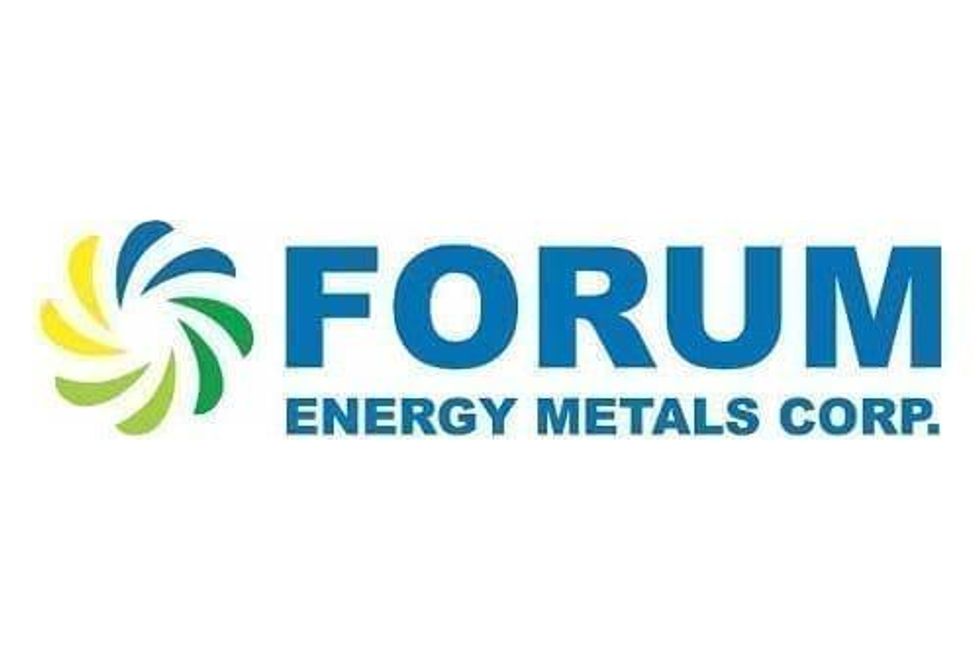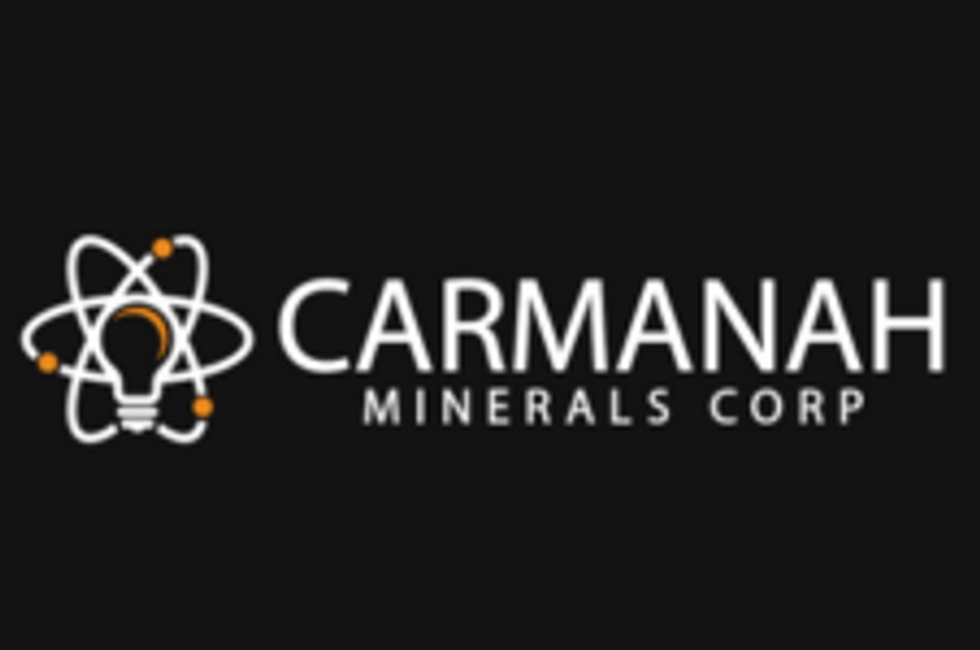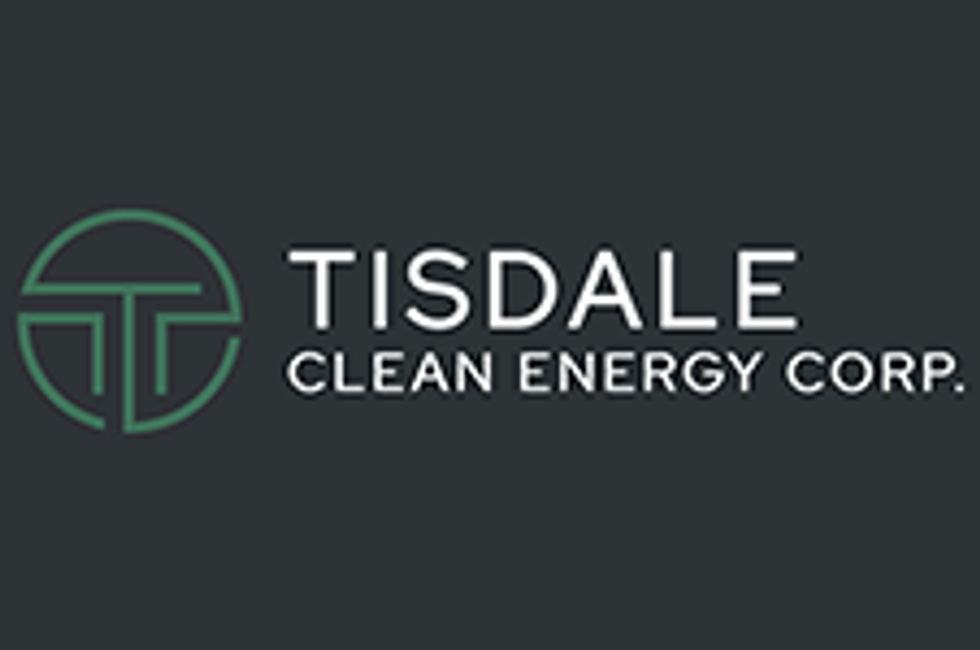- WORLD EDITIONAustraliaNorth AmericaWorld
Investing News NetworkYour trusted source for investing success
Galan Lithium
Trident Royalties PLC
International Graphite
Carbon Done Right
- Lithium Outlook
- Oil and Gas Outlook
- Gold Outlook Report
- Uranium Outlook
- Rare Earths Outlook
- All Outlook Reports
- Top Generative AI Stocks
- Top EV Stocks
- Biggest AI Companies
- Biggest Blockchain Stocks
- Biggest Cryptocurrency-mining Stocks
- Biggest Cybersecurity Companies
- Biggest Robotics Companies
- Biggest Social Media Companies
- Biggest Technology ETFs
- Artificial Intellgience ETFs
- Robotics ETFs
- Canadian Cryptocurrency ETFs
- Artificial Intelligence Outlook
- EV Outlook
- Cleantech Outlook
- Crypto Outlook
- Tech Outlook
- All Market Outlook Reports
- Cannabis Weekly Round-Up
- Top Alzheimer's Treatment Stocks
- Top Biotech Stocks
- Top Plant-based Food Stocks
- Biggest Cannabis Stocks
- Biggest Pharma Stocks
- Longevity Stocks to Watch
- Psychedelics Stocks to Watch
- Top Cobalt Stocks
- Small Biotech ETFs to Watch
- Top Life Science ETFs
- Biggest Pharmaceutical ETFs
- Life Science Outlook
- Biotech Outlook
- Cannabis Outlook
- Pharma Outlook
- Psychedelics Outlook
- All Market Outlook Reports
NexGen's Travis McPherson: The Uranium Price Has to Go Up Dramatically

Travis McPherson, corporate development manager at NexGen, discusses the company’s latest drill results.
Word on the street is that the uranium spot price is on the path to recovery, and investors are becoming more and more encouraged about the metal’s prospects.
While there is still a lot of work to be done before the uranium spot price rebounds to where it was prior to the Fukushima disaster in 2011, it’s currently up significantly from where it was in late 2016. At that time it was under $20 per pound, and it’s currently at $25.50. Overall, there’s a renewed sense of optimism in the sector that has not been seen in awhile.
That optimism has left investors eager to learn what uranium companies are up to. NexGen Energy (TSX:NXE) is one company that has released significant news lately, and the Investing News Network (INN) had the chance to speak about it with Travis McPherson, the company’s corporate development manager. In the interview below, McPherson sheds light on the company’s recent drill results at the Harpoon discovery.
“Harpoon is still early days,” he says. “Our technical team is very strong and knows what it’s doing.” Other highlights of our interview include:
- what excites the company about the results
- what it will take for NexGen to become a leading supplier of uranium
- what McPherson thinks will push the uranium industry into recovery mode
- how significant listing on the New York Stock Exchange will be for the company
- Trump’s impact on the uranium sector
Below is a transcript of our conversation. It has been edited for clarity and brevity.
INN: NexGen recently released results from 20 holes completed as part of a 2016 drill program. What excites the company the most about these results?
TM: Those results are from a target area called Harpoon. That discovery was actually made in the summer of last year, in August. It’s located about 4.7 kilometers northeast of the Arrow deposit, so it’s quite a distance away. It was discovered on the eighth hole drilled into that geophysical target. That target was selected because it had a very similar characteristic to Arrow, which is showing a gravity low coincident with the … conductor break. We started to drill into it … [and] got some good structure, and on the eighth hole hit. Then we drilled another 20 odd holes. That release was on the chemical assays for those results, which we had previously announced radioactivity results for.
In that release as well were some holes where we got some sniffs of uranium 2.3 kilometers southwest of Arrow, so the other way away from Arrow as Harpoon is. These things are all showing how fertile that whole corridor really is, and that corridor we’re speaking about is the Paterson Corridor, and from Spitfire on our northeast property boundary, which is Cameco (TSX:CCO), AREVA (EPA:AREVA) and Purepoint Uranium (TSXV:PVU). They made a discovery there and they did some good intercepts on their ground there. From that mineralization all the way down to the southwest where Fission Uranium’s (TSX:FCU) Paterson Lake South deposit is located is about 14 kilometers of perspective strike length, and we have 9 kilometers of it, most of which is on land, not under lakes.
Harpoon is still early days, we’ve only drilled, like I said, 20 odd holes into it. Sometimes these things take time to delineate. Similarly, with the holes to the southwest … to be quite frank, we shouldn’t be hitting high-grade uranium to the tune of +20 percent in the eighth or 10th or 15th hole. It should take longer, it typically does take longer, but our technical team is very strong and knows what it’s doing. The system that we’re dealing with is very pervasive and very large.
INN: Why do you think you’ve been hitting high-grade uranium so soon?
TM: One, our technical team is very good and knows what it’s doing. Two, the system itself, the mineralizing event that occurred throughout the structure that makes up the conductor corridor, those conductors and the traps that have isolated the uranium are very large and very present there. I would say those two factors more than any others are a huge part of why we’re able to tag into these things so early.
INN: Speaking about the Arrow deposit’s winter 2017 drill results, Leigh Curyer, CEO of NexGen, said, “it’s very quickly developing a profile of perhaps one day being the number-one global supply of mined uranium when it goes into production.” What do you think it will take to become the top supplier of uranium?
TM: The number-one supplier of mined uranium right now is, I believe, Cameco, and it’s about 20 to 25 million pounds a year. In terms of development projects there’s nothing really that’s even close to that. Arrow, while we still have to do all the studies to prove this, if you just look at the resource space we have, it’s not hard to see how you could potentially get to that production profile scenario. That’s the goal of the company — to become the leading supplier of mined uranium. That’s something we’re committed to and believe that this asset has.
INN: The last few years have been really tough for the uranium industry. What do you see pushing the market into recovery mode?
TM: I think it’s already there, in terms of starting the recovery mode. Demand has been growing steadily and continues to grow steadily, about 2 to 4 percent annually. That shows no signs of slowing, or really speeding up necessarily. That’s well forecasted, easy to determine given how long it takes to permit a nuclear reactor. You do the math on how much uranium each reactor consumes, the life of the reactor, etc. — it’s quite easy to forecast the demand, probably easier than any other commodity just because of the things that are consuming that commodity. On the flip side, supply is probably the most risked out of any commodity. So you have a situation where you have two sources of supply: you have mined supply and you have secondary supply. Secondary supply has been narrowing as demand’s been growing at 2 to 4 percent annually, whereas since Fukushima six years ago there’s been no investment into the uranium sector outside of a couple of assets in the basin.
We also have a situation where we’ve been waiting to see the major producers cut back on production. You finally saw that late last year/early this year where you’ve seen Kazakhstan, which produces 40 percent of global supply, cut at least 10 percent this year. I believe they didn’t just do that to do it. I think they want to see the uranium price respond in a material way. People say, “well it went from $17.50 to $25, that’s a 40- to 50-percent move.” In a commodity that’s true, but $25 is still nowhere near where a mine needs the price to be to make any money. It’s not even close to where a producer needs to be incentivized to build a new mine.
I think we are in recovery mode already because you’ve seen this supply rationalization out of Kazakhstan, and then you have the largest miner, Cameco, also cutting production and not expanding their main asset, McArthur River, as quickly as forecasted. They’ve shut down their Eagle Point mine, which produced about 4 to 5 million pounds per year. They shut down their US mines, which produced a few million pounds per year. When you add it all up, you’re taking off 20 million pounds per year with the Kazakhs and all the other supply, let alone the fact you haven’t had this spending going into the ground, exploring and developing new assets that can fill the gap. So that supply deficit is going to come faster than people believe. As a result of that, the price has to go up — and it doesn’t have to go up a little bit, it has to go up dramatically from where it is, and that’s just a fact of the cost structure of the industry.
INN: The plan is for NexGen to be listed on the New York Stock Exchange. How significant will that be for the company?
TM: That’s a goal of ours to get listed there, and the reason is that there’s a lot of interest out of the US, a lot of appetite out of the US. It makes it easier for that appetite to get satisfied. It’s not to say that a lot of US investors can’t buy Canadian equities, but it broadens the basket that we can pull from, as we search for new investors, and it also broadens globally because the New York Stock Exchange and the US equities markets are the most respected, most liquid places for capital. Not only are you pulling from domestic US investors, but you’re also pulling from Europe, Asia where maybe it’s much harder for them to buy on the TSX vs. somewhere like the New York Stock Exchange. We’re really looking forward to doing that. We hope we can be listed there in the near term.
INN: Awhile ago Donald Trump said that a lot of bad things are done with uranium. Are you worried at all about how a Trump presidency will impact the market?
TM: No, because all we’re reading into the Trump administration with regards to nuclear power and uranium mining are good things. The fact that they’re clearly committed now to not dismantling their nuclear arsenal, that’s a good thing. Not from a sense of demand, but from a sense of that secondary supply. They’ve been selling a lot of old warheads … and really dumping on the market. There is some proposed legislation to end that because of the destruction it’s done to the domestic US uranium supply.
What is Trump from a high level? He wants America first and he wants jobs and he wants infrastructure spending. There’s no better job creator that creates infrastructure, makes energy independent and puts your country first, than building a nuclear power plant and supplying it with domestic uranium. From what I’m hearing from our sources, that’s something he’s committed to doing. I think he will be very good for the sentiment in the US in that he won’t see so many of these nuclear power plants shutting down. You’ll see them getting a bit of a competitive edge, which they need. From the miner’s perspective, I think it will be more important as well.
Time will tell. I think the real fact is, it doesn’t matter what the US does because the growth that you’re seeing out of China is so strong that over the next five years they’re going to overtake the US as the world’s leading uranium consumer. That can happen faster.
Don’t forget to follow us @INN_Resource for real-time news updates!
Securities Disclosure: I, Jocelyn Aspa, hold no direct investment interest in any company mentioned in this article.
Editorial Disclosure: The Investing News Network does not guarantee the accuracy or thoroughness of the information reported in contributed article. The opinions expressed in these interviews do not reflect the opinions of the Investing News Network and do not constitute investment advice. All readers are encouraged to perform their own due diligence.
Outlook Reports
Featured Energy Investing Stocks
Browse Companies
MARKETS
COMMODITIES
| Commodities | |||
|---|---|---|---|
| Gold | 2322.15 | -11.24 | |
| Silver | 27.30 | -0.01 | |
| Copper | 4.45 | -0.06 | |
| Oil | 83.40 | +1.50 | |
| Heating Oil | 2.58 | +0.01 | |
| Natural Gas | 1.84 | +0.05 | |
Investing News Network websites or approved third-party tools use cookies. Please refer to the cookie policy for collected data, privacy and GDPR compliance. By continuing to browse the site, you agree to our use of cookies.





